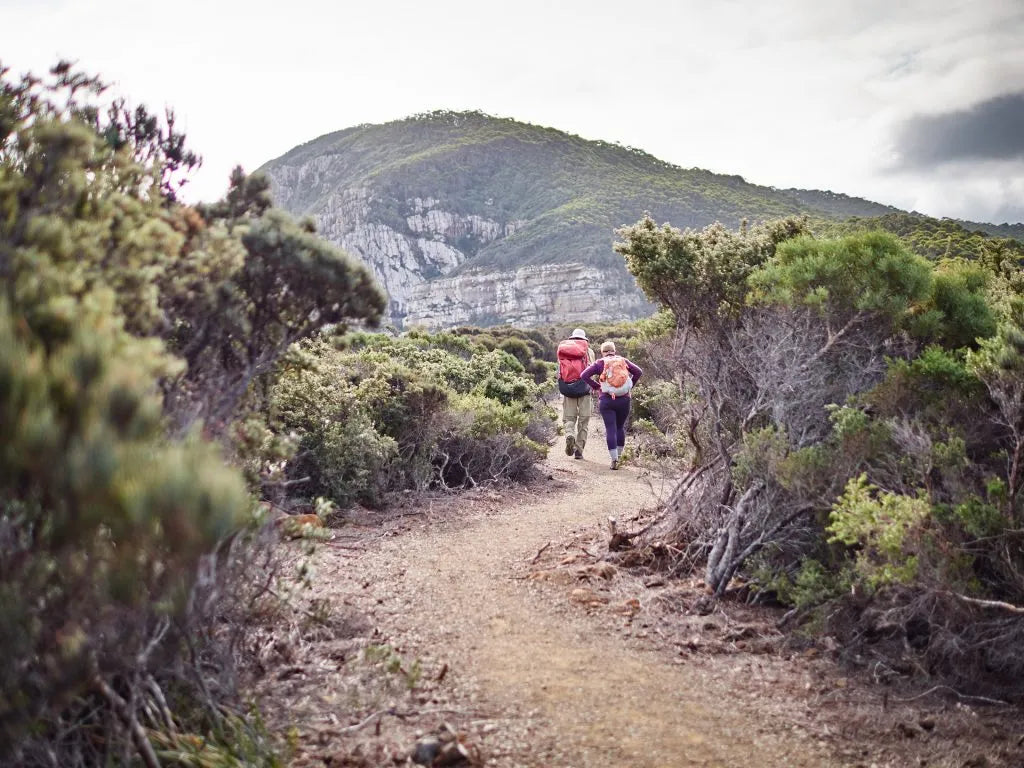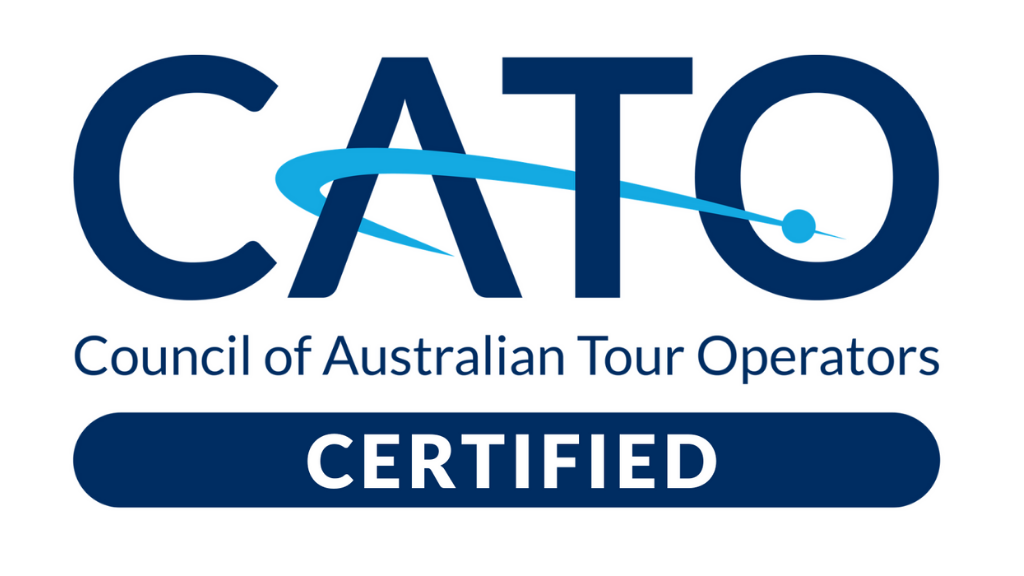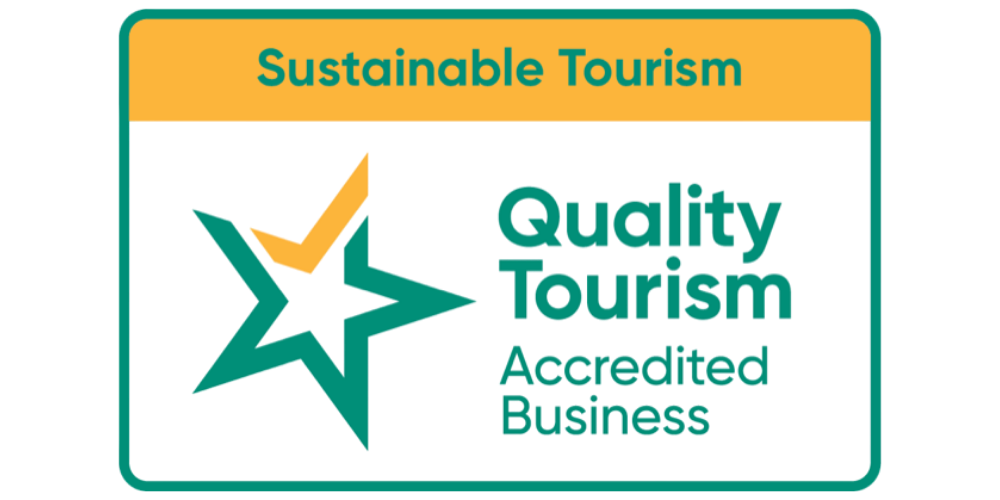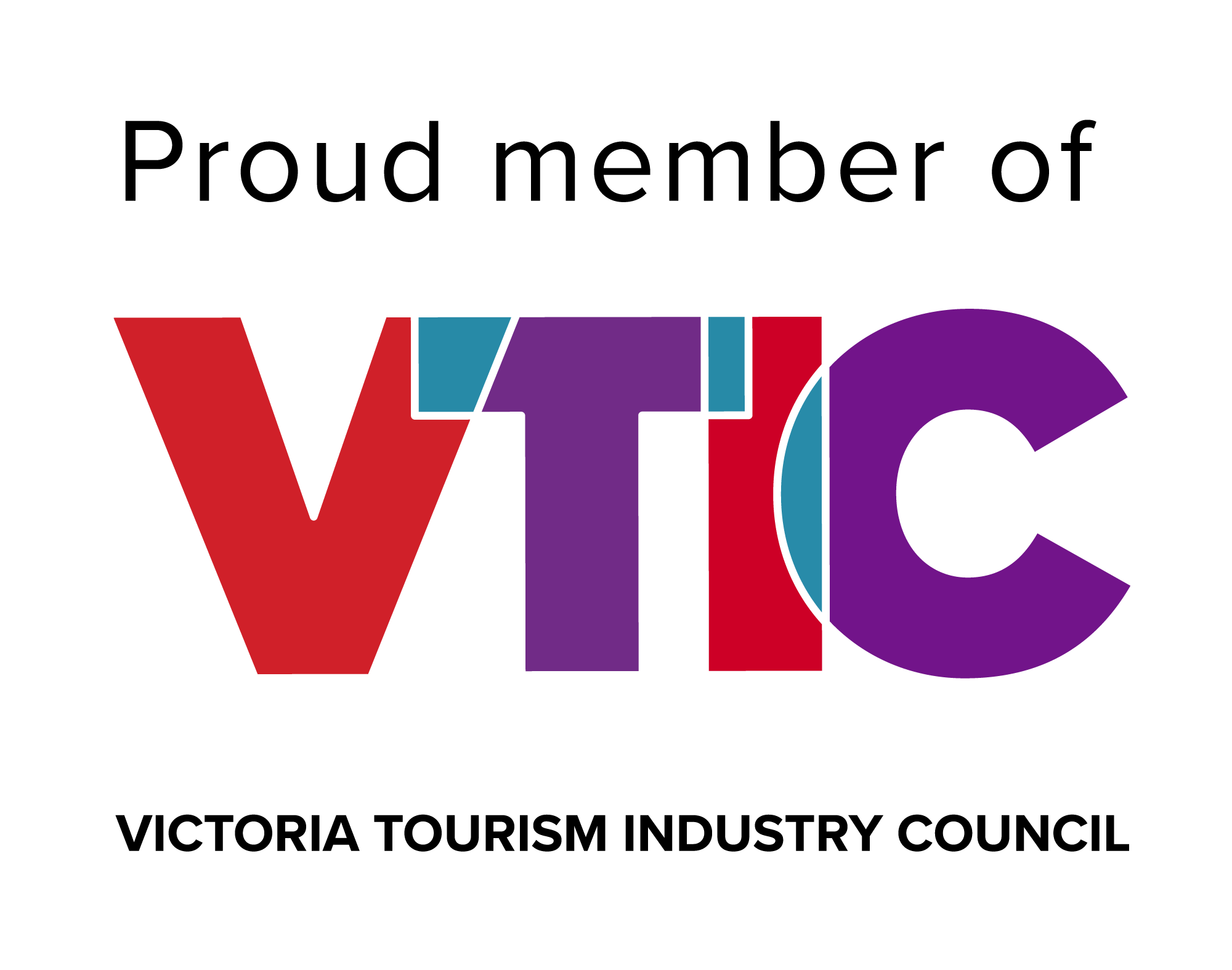Here’s Post 1—clean text with embedded links and Zero Trace voice.
The Adventure-Match Method: Pick the Right Trip in 7 Minutes
Too many tabs, too much FOMO, zero decision. Let’s fix that. This quick method matches you to a tour that actually fits your time, energy, and season—minus the second-guessing.

1) Start with the feeling (not the place)
Ask, “How do I want to feel at the end?” Clear-headed from salty air? Satisfyingly tired calves? One perfect wildlife memory? Choose the feeling first—then pick the landscape that delivers it. If you’re drawn to salt and sun, start with ocean-forward voyages like our Ningaloo expeditions. (Browse all tours ›) (Zero Trace Tours)
2) Time vs. intensity (the sanity grid)
-
Short + High (1–3 days): Fast hits—reef & beach overnighters, canyon scrambles, sunrise-to-sunset action.
-
Short + Low: Skill tasters and sampler trips; think gentle coastal walks and mellow kayak days.
-
Long + High (4–10 days): Multi-day epics with early starts, real mileage, and big payoffs.
-
Long + Low: Deep immersion and slower pacing; more time to soak up the place between highlights.
Match the grid to your week, then shortlist from the right collection: Trekking & Hiking or Overland 4WD. (Zero Trace Tours)
3) Date check (then fall in love)
Nature runs on a calendar. Before you bond with a specific itinerary, make sure the month lines up with conditions and wildlife for that region. If you’re flexible, aim for shoulder seasons: fewer crowds, beautiful light, and often smoother logistics.
4) Difficulty fit (be honest—future-you will thank you)
-
Easy: Formed tracks, short days, minimal exposure.
-
Moderate: Rolling terrain, soft sand, back-to-back 10–15 km days.
-
Challenging: Off-track sections, weather exposure, or technical proficiency (scrambling, kayak handling).
Pick the tier you can sustain for the whole trip, not the best day of your life.
5) Group size & guide ratio (the quiet quality signal)
Smaller groups move smarter, adapt faster, and hear more from the guide. Scan trip pages for max group size and day-to-day structure, then decide if you want “hut-to-hut comfort” or “camp-under-the-Milky-Way energy.” (See all options) (Zero Trace Tours)
6) Logistics clarity (banish friction)
Check start/finish towns, transfers, luggage limits, water top-ups, and dietary handling. Clear logistics = more headspace for the good stuff. If a detail matters to you, it should be spelled out in the Quick Facts.
7) Impact you can live with
Most footprints come from getting there (flights), then ground transport, stays, and meals. Favour itineraries that minimise needless shuttles and publish a transparent method for measuring and offsetting. Zero Trace applies a conservative approach and funds restoration to more than cover trip emissions—read the method, then choose confidently. (How it happens ›) (Zero Trace Tours)
Quick picks (common traveller types)
-
“Ocean-soaked, low faff” → Multi-day kayak & snorkel expeditions on Ningaloo’s lagoons. (Example: 5-Day Ningaloo Kayak Expedition) (Zero Trace Tours)
-
“Kilometres underfoot” → Multi-day walking in serious scenery. (Trekking & Hiking collection) (Zero Trace Tours)
-
“Remote tracks, big horizons” → Overland journeys with expert 4WD guides. (Overland 4WD collection) (Zero Trace Tours)
How to use this (7-minute plan)
-
Pick the feeling you want to finish with.
-
Choose time vs. intensity from the grid.
-
Filter to the right collection and month.
-
Sanity-check difficulty and logistics.
-
Read the impact method, then book the trip that still excites you after the practicalities.





